
GUTEN's small alarm clock, with voice time announcement, is quite nice to use. However, over time, it becomes inaccurate. You might want to try modifying it.
Prepare a few R8025 chips. Since the alarm clock operates on 3V, you can opt for the temperature-compensated R8025t.
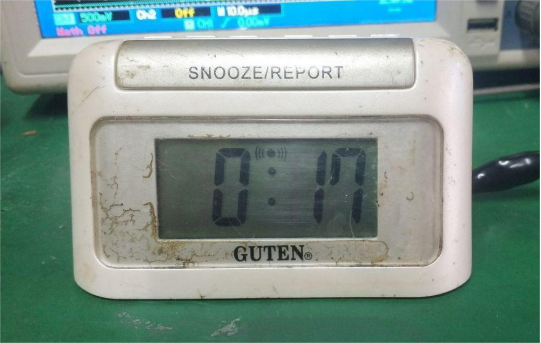
The modified alarm clock is shown in the image above.
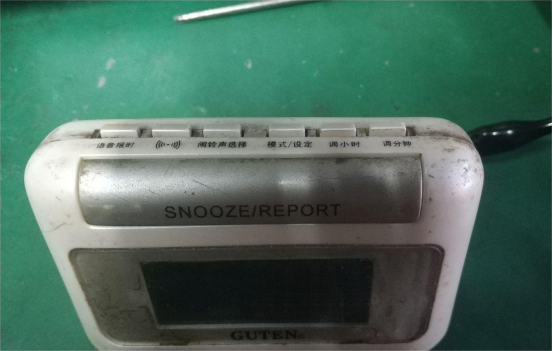
The design includes several buttons. The large button at the bottom is for the voice time announcement. There's no frequency counter, but the oscilloscope's frequency measurement feature will do the job.

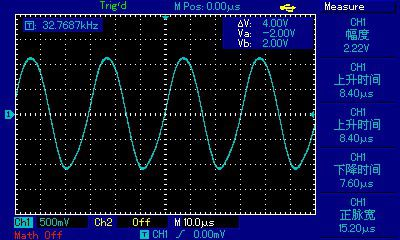
Measure the frequency at the upper pin of the crystal oscillator: 32.7687 kHz with an amplitude of 2.22V.
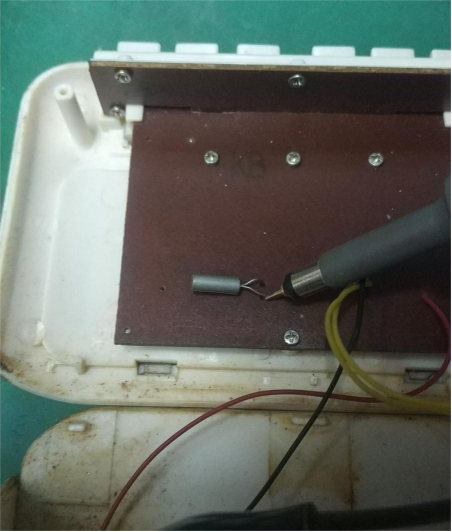
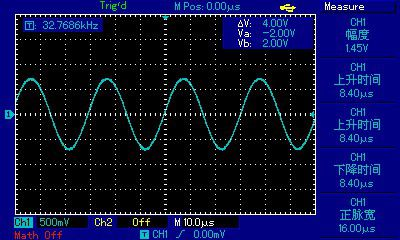
The frequency at the lower pin of the crystal oscillator is 32.7686 kHz with an amplitude of 1.45V. So, you can connect to the upper pin.
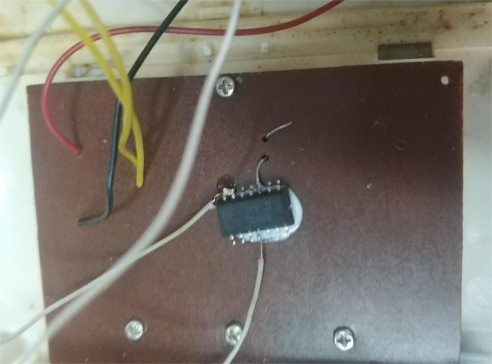
If you don't want to dismantle the circuit board, you can simply cut the crystal oscillator pin and solder it on the back. Connect the three pins directly to the crystal oscillator's pins. Use thin wires from an IDE cable to connect the positive and negative power leads to the battery spring. Attach the chip to the PCB using 704 adhesive. This shortens the wires, reducing interference and making it shock-resistant.
Mission accomplished. Power on and test the device; it works fine.
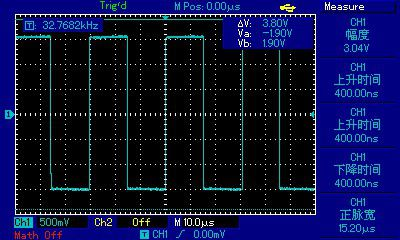
Measure the frequency again: 32.7682 kHz with an amplitude of 3.04V. The waveform changes from a sine wave to a square wave.
If you want to save more power, choose pins with lower current for wiring.




